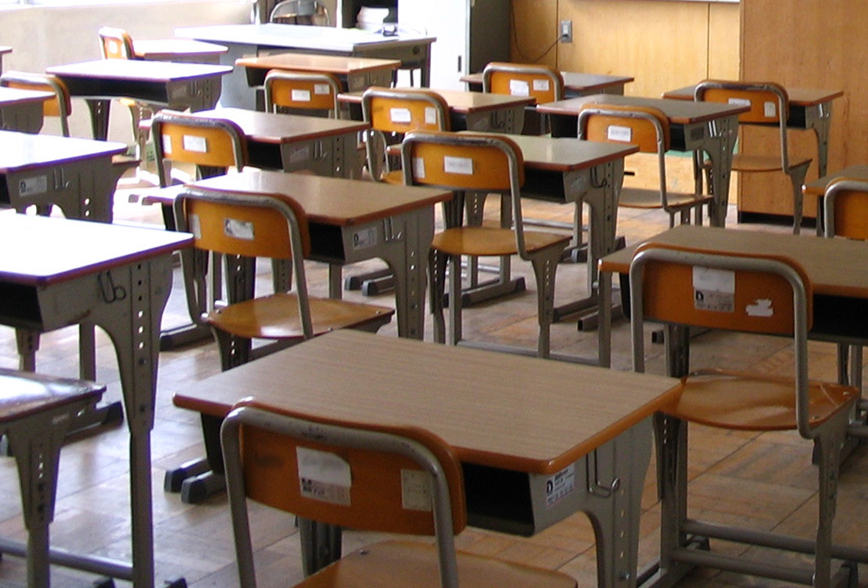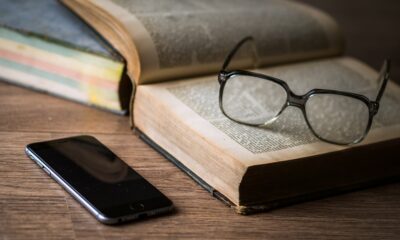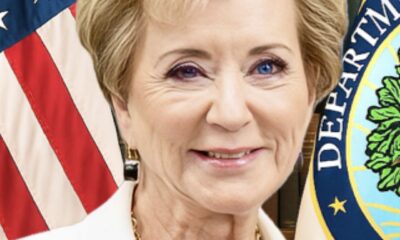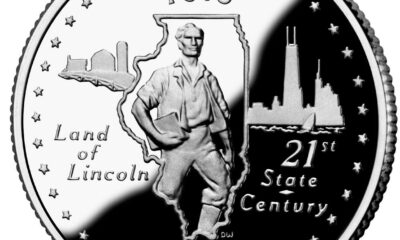Education
J.D. Vance’s Promise: Bolstering Education
America has several problems in education, from poor performance to lack of marketable skills. J. D. Vance should address this.

In his acceptance speech at the Republican National Convention in Milwaukee, vice presidential nominee J.D. Vance promised he would “never forget where he came from.” If the Trump-Vance team is elected, fulfilling this pledge will require a series of bold, effective policy initiatives that rescue millions of American children from abusive cycles of drug dependence, failing schools, and economic immobility.
This is the second in a three-part series highlighting specific programs Vance could champion to keep his promise. Part one addressed the issue of substance abuse. Today’s focus is educational policy.
J. D. Vance had a good education
Though J.D. Vance is a self-made man, he was also fortunate. At Middletown High School and Ohio State University, he was given public education opportunities that allowed him to sufficiently differentiate himself enough to earn a spot in the country’s most elite law school. His innate abilities were honed through his grandmother’s insistence on discipline and his own hard work. His post-high school stint in the U.S. Marine Corps helped fund his subsequent degree at Yale Law School. Based on these observations alone, two policy stances Vance must uphold are clear: excellence in public education and support for young military careers.
But he must also do more. Providing every American child access to excellent education – public or private – and further ensuring that education leads to gainful employment and the ability to support a family must be his ultimate goals. For these things to happen – excellent public education, accretive military careers, access to alternatives wherever public education fails, and more intentional learning pathways that lead to gainful employment – a great deal must change.
The federal government plays a historically small role in educating American children: 92% of all K-12 spending originates and is allocated at the state and local levels. The reasons for this are clear: Excellent public education requires parental involvement. As with character development, in primary education, there is no substitute for engaged parenting, positive role models, and communal reinforcement.
Poor performance by American students
The official mission of the Federal Department of Education is “to promote student achievement and preparation for global competitiveness by fostering educational excellence and ensuring equal access.” As with drug interdiction, this is another mission at which America’s federal government is failing. Out of the world’s top 38 industrialized nations, U.S. students today rank 6th in reading, 10th in science, and an appalling 26th in math.
Abysmal educational achievement in our largest urban centers accounts for the bulk of this unacceptably poor performance. Fixing public education in our major cities will require targeted action – but “targeted action” is not a matter of spending more money. The U.S. already spends more than $16,000 per year per student in K-12 public education programs, more than any other country in the global surveys and 36% higher than the OECD average. For this amount of money, many better educational outcomes are now available – including public charters, homeschooling, and parochial schools.
Needed: marketable skills
Politicians in both parties believe better education in our largest cities is the greatest civil rights issue of our day. Given this view, it is curious that more Democrats do not support school choice. Today, nearly 4 million American students attend some 8,000 public charter schools across the country – yet demand for more charter space still significantly outstrips supply. Charter schools are more ethnically diverse than public schools, with Hispanic and black students comprising 60% of the student body, and whites only 29%. As a recent study has shown, school choice programs provide significant benefits over public schools by lowering overcrowding, absenteeism, and suspension rates.
The conclusion is clear: Educational pluralism is essential, and more public choice options must be provided coast-to-coast.
But more ubiquitous school choice is not all Vance needs to champion. America must simultaneously shift away from our “college for all” orientation to a “marketable skills for all” objective. High school and college degrees, which don’t yield promising employment and earnings potential, are luxuries fewer Americans than ever can today afford. College degrees have already saddled young Americans with $1.8 trillion in debt, a staggering sum that has tripled over the past 15 years and often requires decades to repay.
Parents adjusting their expectations of education
Meanwhile, parents by wide margins say it is far more important for schools to develop skills and values necessary for a decent life than it is to maximize college-oriented academic potential. Given the U.S. labor market from 2000-2019 added some 22 million workers over the age of 25 with at least a bachelor’s degree, but only 10 million jobs requiring one, far too much money and time is being spent competing for too little opportunity. Over the same period, 41% of net job growth required some trade skill and no more than a high school degree. Our educational system must better match our employment opportunity set. Students should be prepared to thrive and live meaningful lives rather than go to college at any price.
According to Heather Reynolds of the University of Notre Dame, “For students trapped in poverty, even the most well-designed and generous higher education institutions are stymied by complex factors outside the classroom.” Reynolds’ observation highlights the stakes for innovative policies and programs that a Trump-Vance administration must be willing to consider. Many evidence-based, experimental programs – like Catholic Charities of Fort Worth’s Stay the Course – deserve public funding as they have proven how at-risk individuals can systematically complete skill-enhancing, two-year associate degrees at community colleges that ultimately produce lives of economic independence and self-worth.
Enhanced choices
Excellent public schools, more choice where chronic public education fails, continuation of strong military career options, a clearer focus on marketable skills versus college-for-all, and evidence-based, public-private sector collaborations that move chronically poor individuals from dependence to self-realization – these policies would help ensure that J.D.’s promise was not made in vain. So would more focus on early childhood education.
Like President Trump’s highly successful First Step Act, which improved criminal justice outcomes and reduced the federal prison population, this collection of potential education reforms could attract broad bipartisan and public appeal. Chronic problems require path-forging, bold solutions. Promises made should be promises kept.
Part one: Addressing Substance Abuse (see also here on CNAV.)
This article was originally published by RealClearPolitics and made available via RealClearWire.
-

 Guest Columns4 days ago
Guest Columns4 days agoShe Saved Her Life. 7-Eleven Fired Her
-

 Civilization4 days ago
Civilization4 days agoDemocrats’ Viral Video Lights Match to the Republic
-

 Guest Columns4 days ago
Guest Columns4 days agoWaste of the Day: What’s Big, Grey And Costs $350K?
-

 Civilization3 days ago
Civilization3 days agoThe AI Challenge: Palantir, the Pope, and Paul Kingsnorth
-

 Civilization3 days ago
Civilization3 days agoNo Kings, No Queens, No Blind Loyalty
-

 Executive3 days ago
Executive3 days agoWaste of the Day: California’s $450 Million 911 Center Doesn’t Work
-

 Civilization2 days ago
Civilization2 days agoThe World Needs to Restore Balance and Objectivity on Climate
-

 Civilization2 days ago
Civilization2 days agoFree Speech Requires a Pious Commitment











